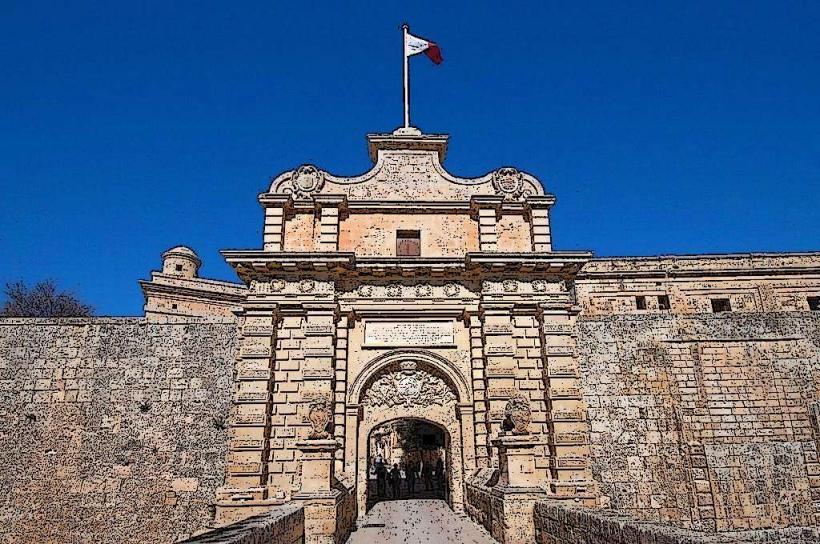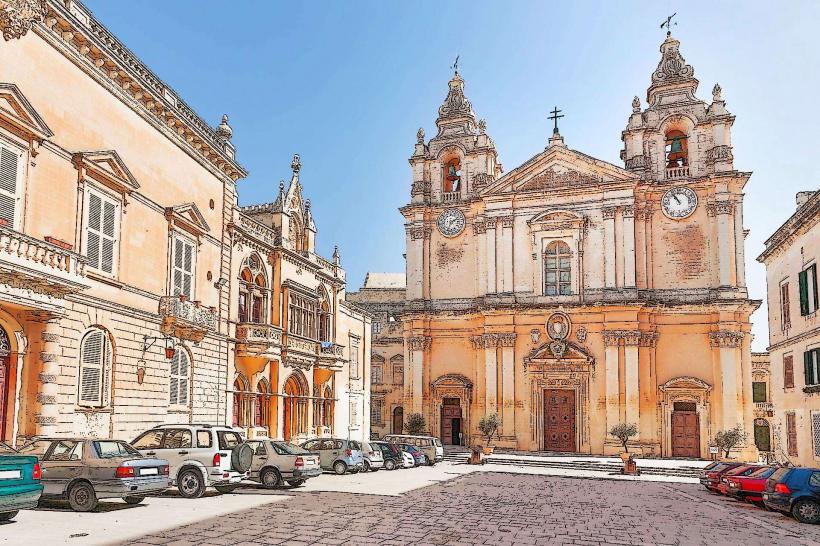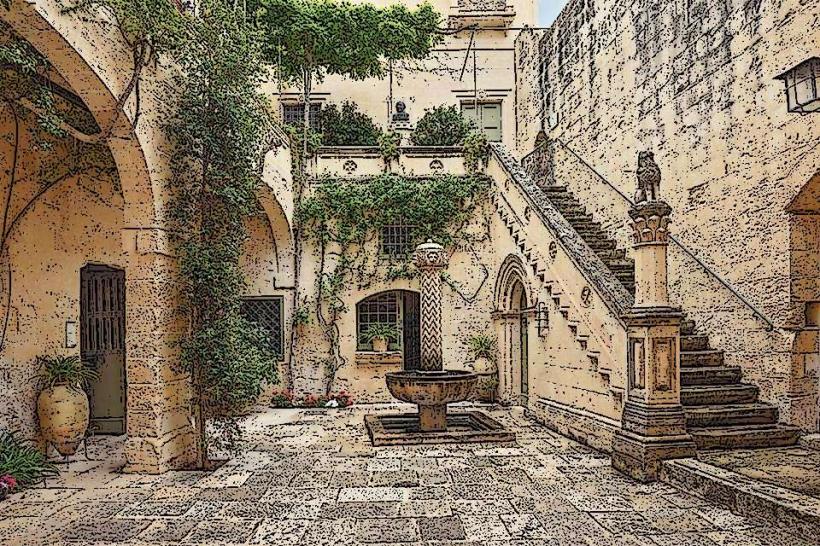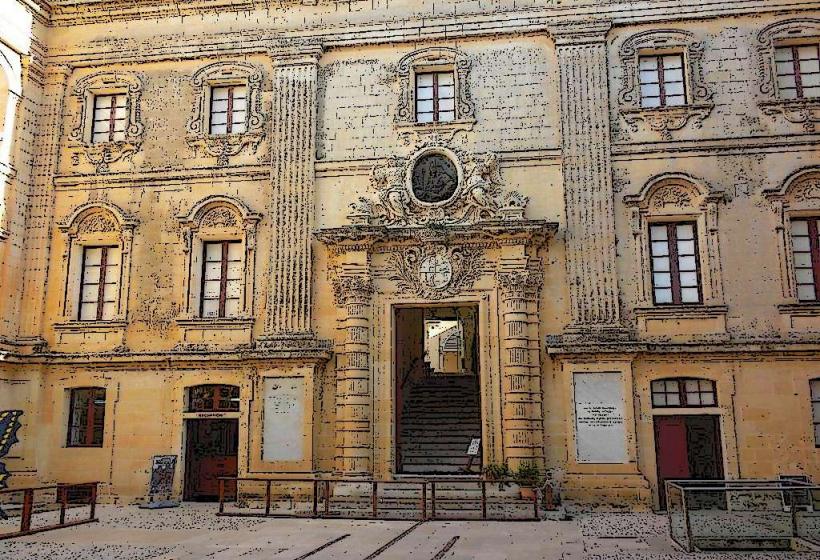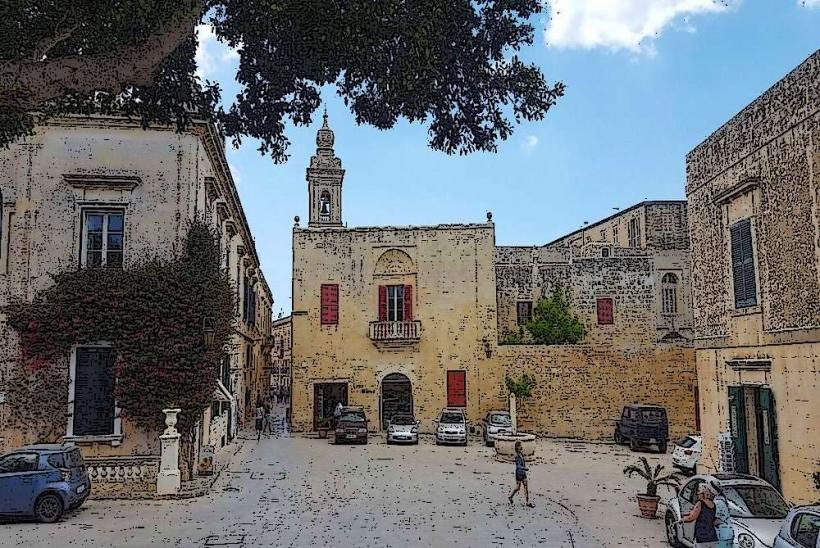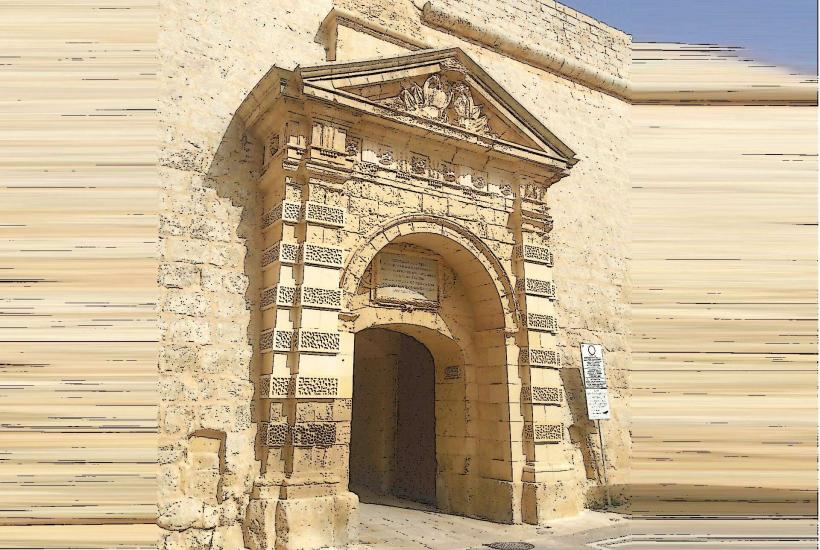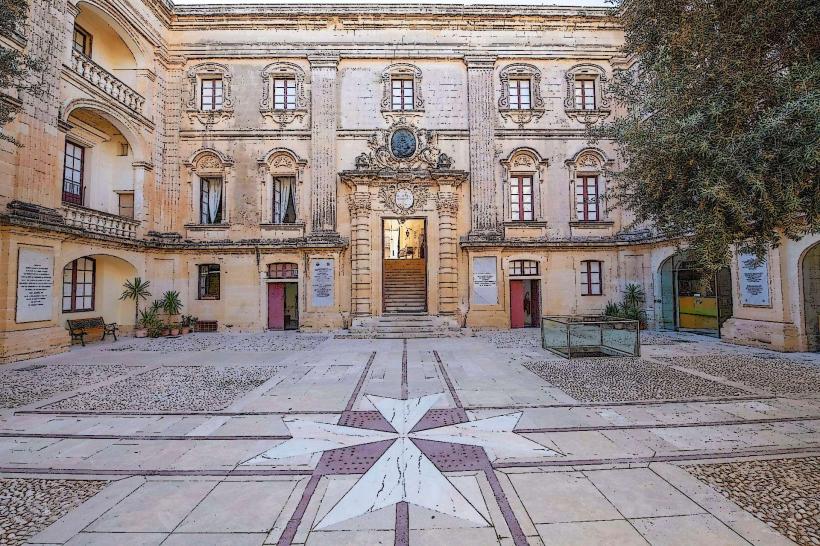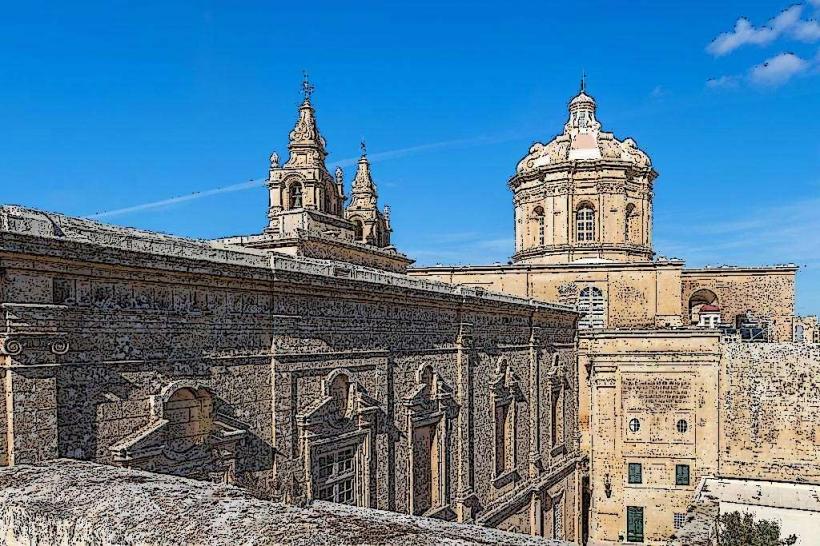Information
Landmark: Vilhena PalaceCity: Mdina
Country: Malta
Continent: Europe
Vilhena Palace is a historic palace located in Mdina, Malta’s ancient capital. Built in the late 17th century, the palace is a remarkable example of Baroque architecture and plays an important role in Malta’s cultural and historical legacy. It was constructed as the residence of the Grand Master of the Knights of St. John, Antonio Manoel de Vilhena, who served as Grand Master from 1722 to 1736. The palace is one of the finest Baroque buildings in Malta, with its grand design and historical significance.
Historical Background
- The Vilhena Palace was commissioned by Grand Master Antonio Manoel de Vilhena, a prominent figure in the Order of St. John, who sought to create a residence befitting his rank and status. He was responsible for many significant improvements to the infrastructure of Mdina, including the restoration of the city’s fortifications and the creation of gardens and public spaces.
- The palace was designed by Francesco Bonamici, an Italian architect who also contributed to various Baroque projects in Malta. Construction of the palace began in 1726 and was completed in 1733.
- Initially, the palace served as the private residence of the Grand Master, but after the end of the Knights' rule in 1798, the building was repurposed. Today, it houses the National Museum of Natural History.
Architecture and Design
- Baroque Style: Vilhena Palace is a prime example of Baroque architecture, characterized by its grandeur, ornamentation, and dramatic use of space. The palace’s design features symmetrical façades, large windows, and bold architectural detailing that convey power and elegance.
- Exterior: The façade of the palace is imposing, with a distinctive stone portal and columns that reflect the classical style. The use of limestone, which is abundant on the island, gives the structure its warm, golden color that blends harmoniously with the surrounding environment of Mdina.
- Interior: The interiors of the palace are equally grand, with high ceilings, painted frescoes, and elaborate furnishings that reflect the wealth and prestige of the Grand Master. Though much of the original interior decoration has changed over the years, some parts of the palace still retain their original features.
- Gardens: The palace also boasts beautifully designed gardens that were laid out during the construction. These gardens offer stunning views of the surrounding landscape, including the rural areas of Malta and Mdina's walls. The gardens today are part of the National Museum of Natural History’s grounds.
The National Museum of Natural History
Since the early 1970s, the Vilhena Palace has housed the National Museum of Natural History, a museum that showcases Malta's natural history, from the island's geological formation to its flora and fauna. The museum exhibits a wide variety of specimens, including:
- Fossils: The museum has an extensive collection of fossils from Malta and beyond, showcasing the island's prehistoric past.
- Flora and Fauna: Displays include taxidermy of local and exotic animals, highlighting Malta’s natural biodiversity. Visitors can see species native to Malta, as well as animals that were introduced to the island throughout its history.
- Geology: The museum also features exhibits on Malta’s geological history, with a focus on the rock formations and minerals found in the region.
- Insects and Marine Life: The museum houses a collection of insects and marine life, emphasizing the rich ecosystem of Malta’s surrounding seas.
Historical Significance
- Grand Master’s Residence: As a residence of the Grand Master, the palace was at the heart of the Knights of St. John’s rule in Malta. It was a place of both private residence and official functions, where the Grand Master would have received important guests and conducted affairs of state.
- Symbol of the Knights’ Legacy: The palace stands as a testament to the Knights of St. John's enduring legacy in Malta, representing their wealth, power, and cultural influence on the island. The Grand Master’s Palace in Valletta is another notable example of the Knights' architecture, but Vilhena Palace in Mdina stands out for its unique setting and Baroque design.
- Post-Knights Use: After the Knights of St. John left Malta in 1798 due to the arrival of Napoleon’s forces, the palace fell into different uses. It eventually became part of the museum network that is now part of Malta’s national heritage.
Visitor Experience
- Museum Visits: Today, visitors can explore the National Museum of Natural History within the palace. The exhibits are well-curated and provide insight into Malta’s natural environment and its historical development.
- Guided Tours: Guided tours are available, allowing visitors to learn more about the history of the Knights of St. John, the Vilhena Palace itself, and Malta's natural history.
- Architectural Tours: For those interested in architecture, the Baroque design and historical significance of the palace’s structure make it an interesting site to visit for its architectural beauty and craftsmanship.
Nearby Attractions
- Mdina’s Streets: After visiting Vilhena Palace, visitors can explore the charming streets of Mdina, often referred to as the "Silent City" due to its tranquil atmosphere. The city is home to numerous historical buildings, including St. Paul’s Cathedral and Palazzo Falson.
- St. Paul’s Cathedral: Situated a short walk away from Vilhena Palace, the St. Paul’s Cathedral is one of Mdina's most iconic landmarks, built on the site of the house where St. Paul is believed to have stayed after being shipwrecked on Malta.
- Mdina Dungeons: Another nearby attraction is the Mdina Dungeons, a historical museum that showcases Malta’s medieval and early modern criminal justice system.
Conclusion
Vilhena Palace stands as one of the most important historical landmarks in Mdina, Malta, reflecting the island’s Baroque heritage and the cultural influence of the Knights of St. John. Today, it continues to serve as a repository of Malta’s natural history through the National Museum of Natural History, offering visitors a fascinating glimpse into the island’s rich history, architecture, and natural environment. Its beautiful gardens, impressive architecture, and historical significance make it an essential stop for those exploring Malta’s past.

